Dinaric Mountains Mixed Forests
The ecoregion’s land area is provided in units of 1,000 hectares. The conservation target is the Global Safety Net (GSN1) area for the given ecoregion. The protection level indicates the percentage of the GSN goal that is currently protected on a scale of 0-10. N/A means data is not available at this time.
Bioregion: Dinaric Mountains & Balkan Mixed Forests (PA15)
Realm: Western Eurasia
Ecoregion Size (1000 ha):
5,830
Ecoregion ID:
660
Conservation Target:
59%
Protection Level:
4
States: Bosnia and Herzegovina, Croatia, Montenegro, Slovenia, Republic of Serbia, Albania, Italy, Kosovo
Spanning across the north-eastern coastline of Adriatic Sea in Eastern Europe, the Dinaric Mountains Mixed Forests ecoregion represents one of the largest and most continuous tracts of forested habitats for large carnivores in the continent. However, the Eurasian lynx, the largest felid in Europe, has been extirpated from this ecoregion at the turn of the 20th century after years of persecution, habitat loss, and natural prey decline.
After the re-introduction of six Eurasian lynx in 1973, the population rapidly expanded to approximately 140 individuals. Today, their survival is yet again threatened by inbreeding, and urgent conservation actions are needed to prevent the lynx from disappearing from this ecoregion again.
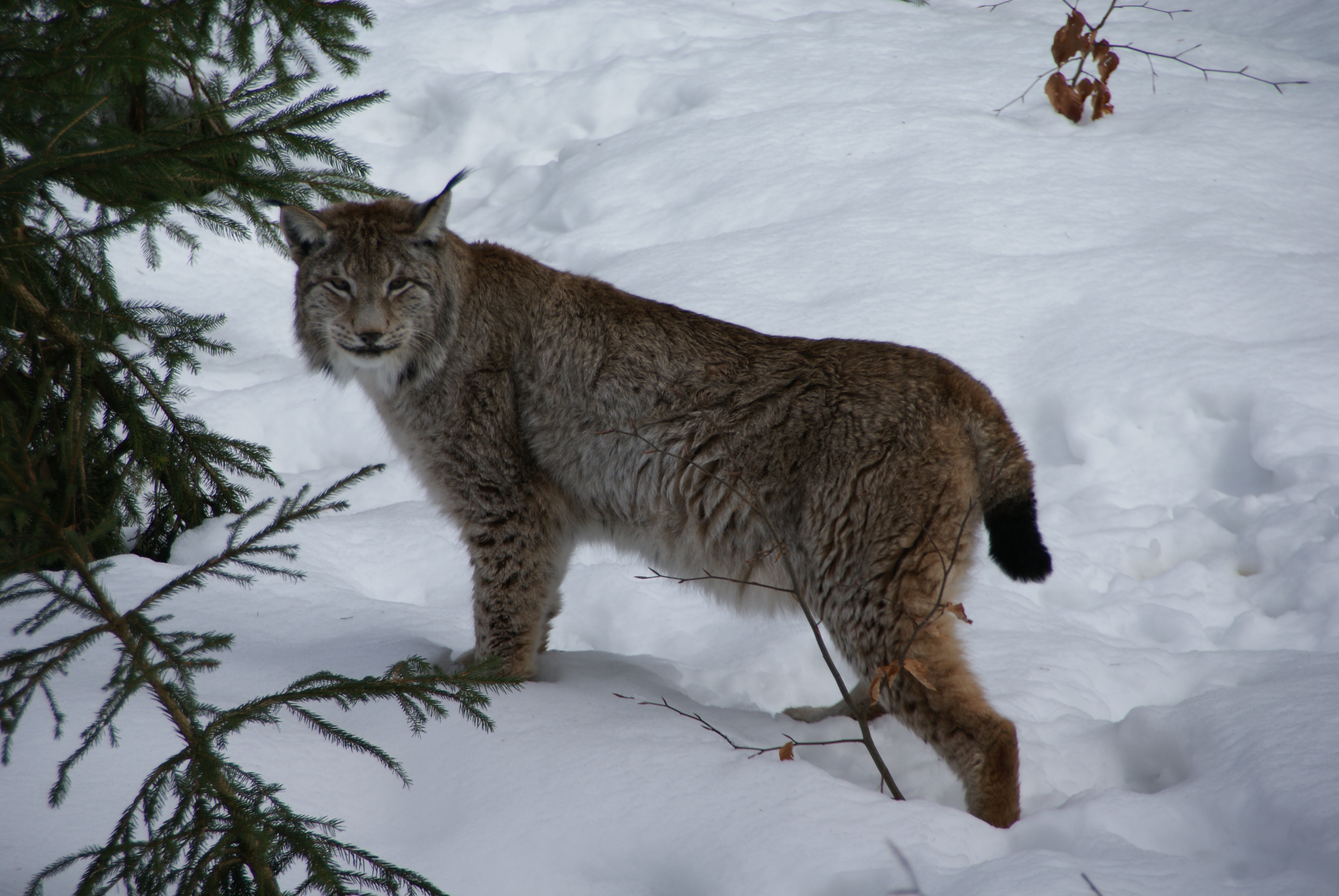
The flagship species of the Dinaric Mountains Mixed Forests ecoregion is the Eurasian lynx. Image credit: Creative Commons
The ecoregion encompasses the northwest-southeast Balkan mountain ranges, from the eastern Alps to the northern Albania massifs, spanning seven countries across 650–700 km in length. Most of the mountains are separated by karstic valleys and fields including the important karst of Lelic that supports a large body of groundwater to the region. Climatically, the ecoregion is moderately wet, characterized by an average annual precipitation of 1,500-2,000 mm. However, the Prokletije range on the border between Albania and Montenegro experiences heavy precipitation of over 3,000 mm annually. Snow frequently falls during winter and average temperatures in January are below zero (from -10°C to 0°C).
July average temperatures are hot, ranging between 15 to 20°C. The wide altitudinal range of this ecoregion, leading to different climatic regimes, results in two major forest zones. A conifer zone characterizes the highest elevations (average altitudinal range of 1,200–2,500 m), consisting of a canopy of spruce, silver fir and black pine. At medium and low altitudes, broadleaf beech and mixed oak forests dominate and these forests are distinguished by species including Hungarian oak, downy oak, Turkey oak, European hornbeam, European ash, and field elm.
The Dinaric mountains are characterised by extremely high floral diversity and are one of the most diversified regions in Europe, supporting many endemic species including the Herzegovinian bellflower, Kitaibel’s feather, and Maly’s moon carrot. The ecoregion also hosts a very high faunal diversity, mainly with regard to its birds. A few examples are western capercaillie, griffon vulture, peregrine falcon, and kestrel.
Large carnivores can be found roaming these mountain ranges, including brown bears (approximately 3,000 individuals), lynx, and wolf. The Eurasian wolf is the main predator of wild ungulates on the continent and the Dinaric-Balkan population is one of the largest populations (approximately 3,900 individuals). Large herbivores, including roe deer, red deer, and chamois, also maintain significant populations in the mountain ranges.
The olm, a cave-dwelling aquatic salamander, is a near-endemic species to the ecoregion; they were believed by local people to be a cave dragon's offspring when they were washed up from the underground waters after heavy rains.
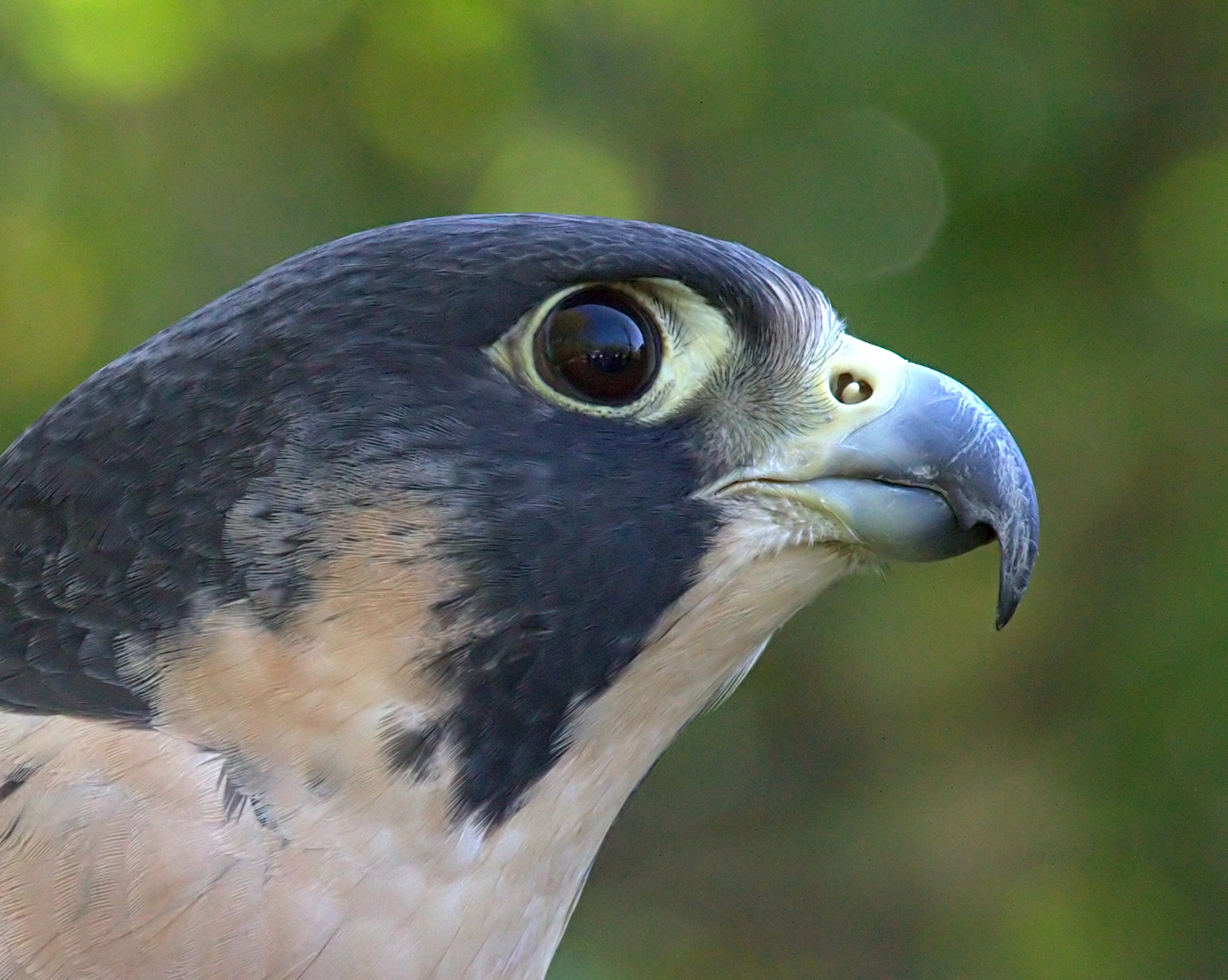
Peregrine falcon. Image credit: Greg Hume, Creative Commons
The mountain ranges of this region have low human populations, and tall forests still prevail widely throughout. A significant number of pristine large forest stands remained quite untouched until the Balkan conflicts where rapid and intense forest degradation in the form of illegal logging, pollution, and fire took place.
Much of the remaining wilderness is now found in protected areas including: Julijci Special Protection Area in Slovenia; Plitvice Lakes National Park and Velebit Mountain UNESCO-MAB Biosphere Reserve in Croatia; Alpi Giulie special protection area in Italy; Livanjsko Polje ramsar site in Bosnia & Herzegovina; Durmitor World Heritage Site in Montenegro; and multiple nature monuments in Albania including Arra e Hekalit and Liqeni i Pejës.
The conversion of habitat is recognized as one of the main threats and drivers of biodiversity loss in this ecoregion. Forests, alpine mires, karst fields, and relict refugial ecosystems of canyons are being replaced by the development of infrastructure, roads, and quarries and intensive agriculture.
Degradation and fragmentation of habitats, poaching, and the use of pesticides are the main threats to mammalian wildlife, although the construction of green bridges serving as corridors has reduced the threat from motorways crossing these habitats. Other threats include water pollution caused by industrial and municipal waste and wastewater, large hydro technical interventions, climate change, and unplanned harvesting of forests.
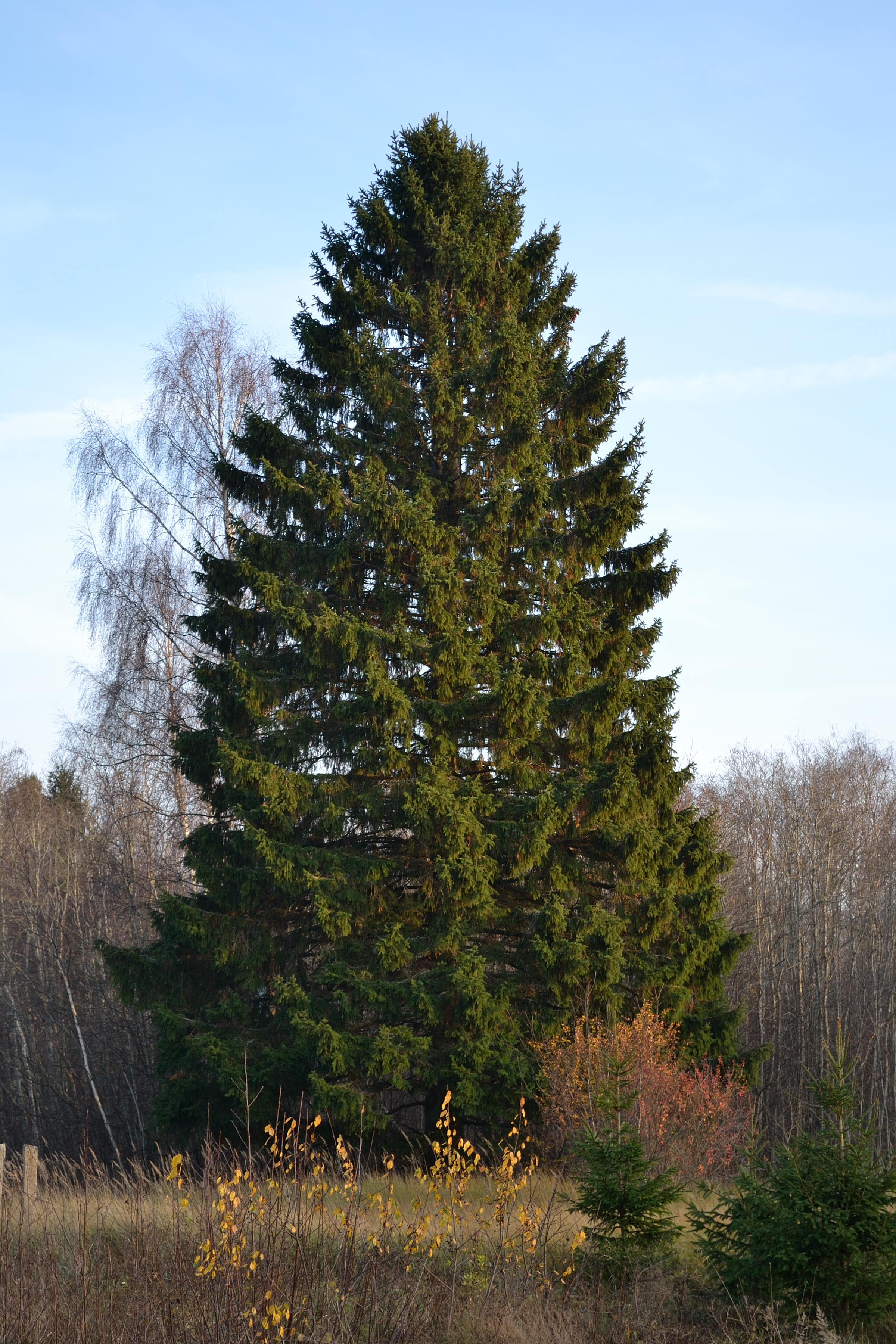
Norway spruce. Image credit: Ivar Leidus, Creative Commons
The priority conservation actions for the next decade will be to: 1) develop and implement a systematic approach to reinforcing and managing large carnivore populations (lynx and bears) through cross-boundary collaboration with all countries sharing these populations; 2) encourage sustainable harvesting and the benefits of multiple use forests that include the protection of biodiversity and water zones and the development of tourism and recreational activities; and 3) assess the potential for establishing transboundary protected areas.
Citations
- Sulejman, R. 2011. Phytogeographic and syntaxonomic diversity of high mountain vegetation in Dinaric Alps (Western Balkan, SE Europe). Journal of Mountain Science. 8(6), pp.767-786.
- Krofel, M. and Jerina, K., 2016. Mind the cat: conservation management of a protected dominant scavenger indirectly affects an endangered apex predator. Biological Conservation. 197, pp.40-46.
- Pičulin, M.P., Sindičić, M., Skrbinšek, A.M., Skrbinšek, T., Potočnik, H. and Stergar, M. 2019. Population level reinforcement plan: Action A.4 – Elaboration of plans for reinforcement of the Dinaric-SE Alpine population and for creation of a new “stepping stone” population. [Online]. Available from: https://www.lifelynx.eu/wp-content/uploads/2019/02/Population-Reinforcement-Plan-A4-Final-Version-13-Feb-2019.pdf
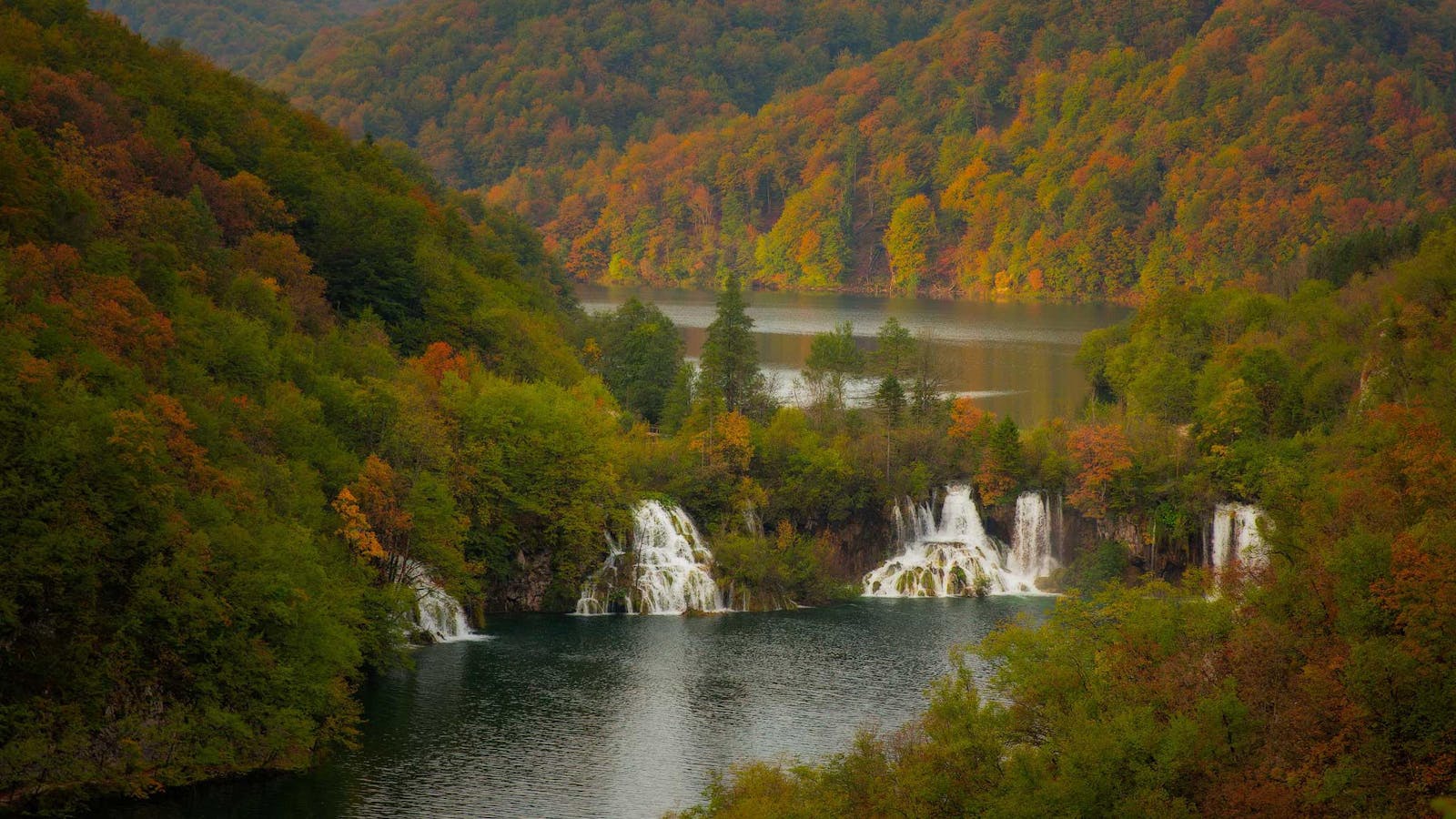
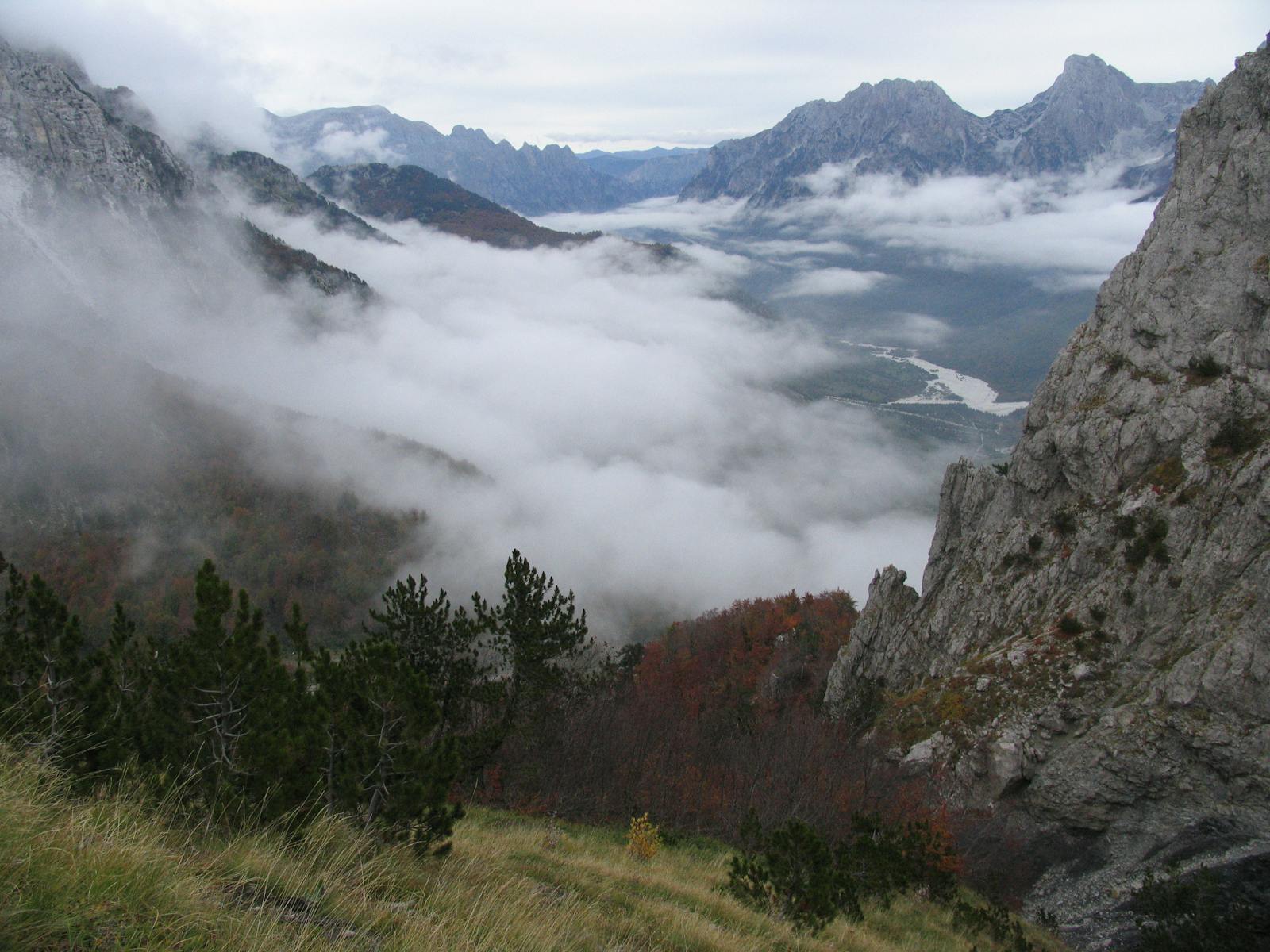
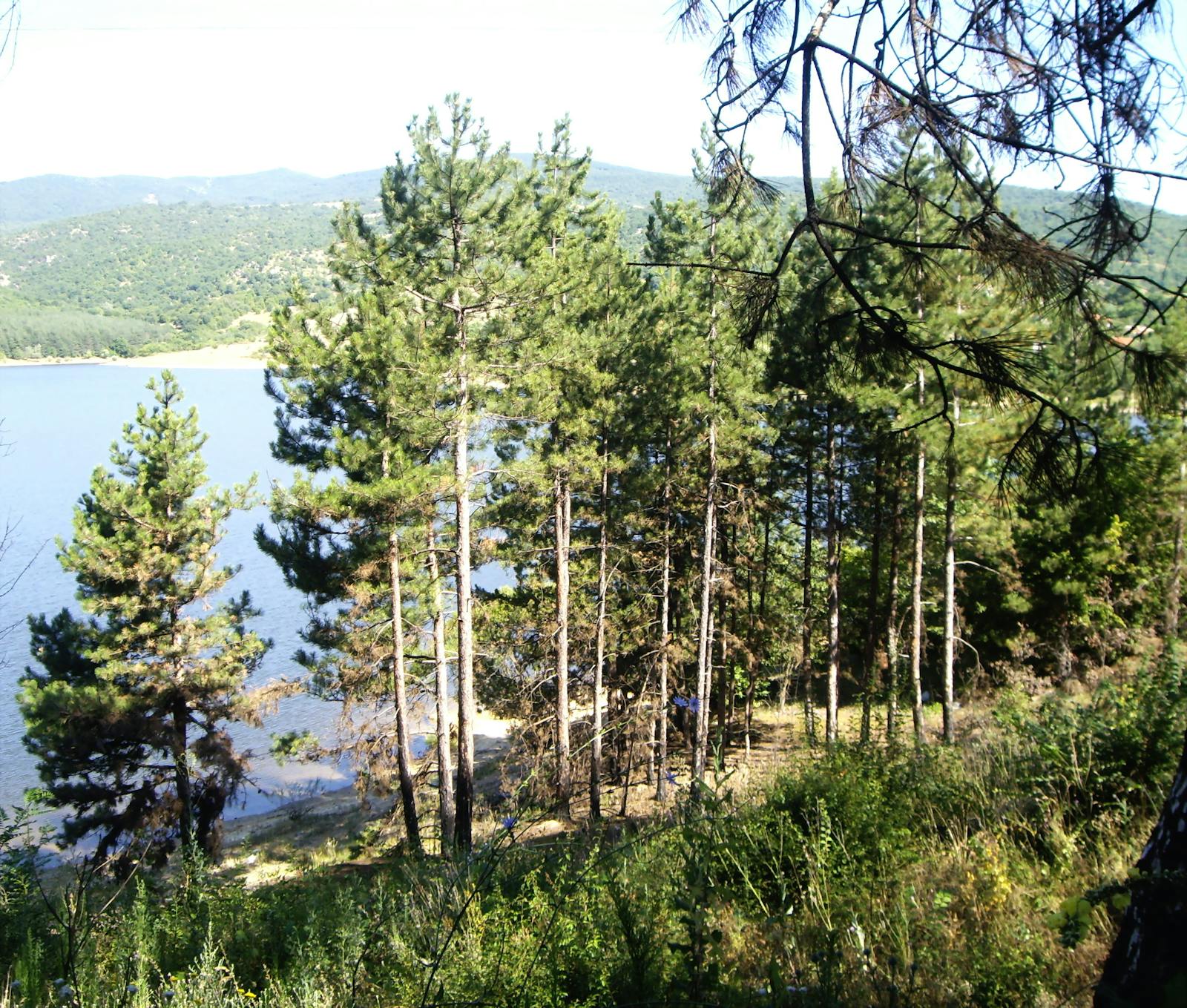
.png?auto=compress%2Cformat&w=300)

